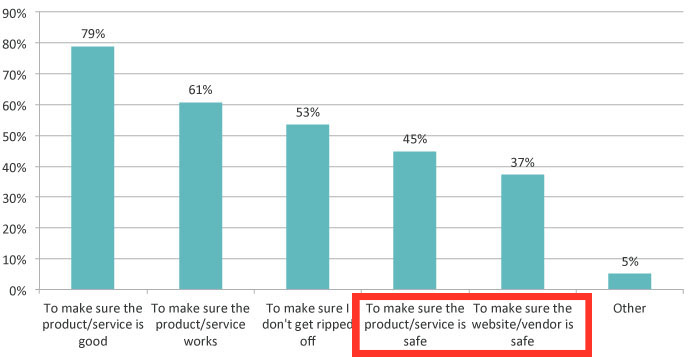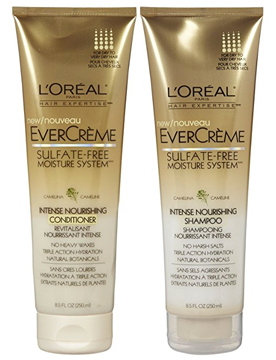Thanks to the internet and increased connectivity across all platforms, today’s consumers are more well-informed than ever when it comes to the products they buy and the retail choices they make. With so many options and so much information readily available, it is imperative for consumer product companies to be aware of the factors consumers use to assess the safety of their products.
Media Coverage: The Good and the Bad

Media coverage plays an integral role in forming public perception, which can be frustrating, as manufacturers often have little control over how their products are portrayed on the news. In this day of mass communication, a single incident can be quickly broadcasted to the entire world, having an instant impact on public opinion. For example, the multiple E. Coli outbreaks in Chipotle restaurants in 2015 caused sales for the chain to drop 30% in the first quarter of 2016.
In an age of technology that is developing exponentially fast, security concerns run rampant after the advent of each new innovation that makes our lives a little easier — and perhaps a little more vulnerable. Take Alexa, for instance – the interactive user interface recently rolled out by Amazon that allows users to check the weather, play music, and even access their bank accounts simply by speaking aloud. The system takes what Siri first did a step further by always listening, raising concerns that have been heightened in the media about the security of users’ conversations and sensitive information.
Word of Mouth: Make or Break a Brand
Even as the internet and news coverage give us access to the opinions of people all over the world, consumers still depend on their friends and loved ones to refer them to trusted brands. This is particularly true of smaller businesses. In a 2014 survey by Small Business Trends, 85% of small businesses reported that word of mouth or referrals by existing customers were how they gained most of their customers.
Coconut Bliss, a line of dairy-free ice cream and similar products, is the perfect example of a company that held small tastings and relied on consumers to get the word out about their products. Small, grassroots, customer-focused businesses still find their place in the modern market by cultivating close consumer relationships that translate into friend and family referrals.
Online Product Reviews: Trusted for Collective Word of Mouth

Now more than ever, online product reviews allow consumers to effectively survey hundreds or even thousands of previous buyers without even leaving the couch. For the consumer product manufacturer, monitoring online reviews of a product is key to staying in touch with (and responding appropriately to) changing consumer perceptions.
In recent years, the damning effect a single negative review can have has been made evident by cases that found their way to court. Robinson’s Shoes of Northern Ireland and the Italian restaurant Il Giardino in France both launched lawsuits against contemptuous bloggers that slammed their products online.
Some bad reviews are to be expected; the key is knowing how to respond. When presented with a clear breakdown of the information gleaned from consumer reviews across multiple sales platforms, a business is better equipped to adjust their approach and improve sales moving forward.
Packaging and Marketing: Current Trends for “Buzzwords”

As public opinion shifts, so do the words we use to describe our products. This is most easily seen in the food and beverage industry. While 30 years ago, high fructose corn syrup was seen as a practical, cheaper alternative to regular sugar, today more and more brands are opting to launch “natural” product lines that go back to using cane sugar, as public opinion of HFCS has plummeted.
Today, popular buzzwords for food products include “organic”, “non-GMO”, and “natural”. Regardless of the quantitative differences of such products, the reality is that consumers see them as better and safer. Staying apprised of the traits currently valued by consumers can help manufacturers modify their packaging and marketing campaigns to be most effective.
